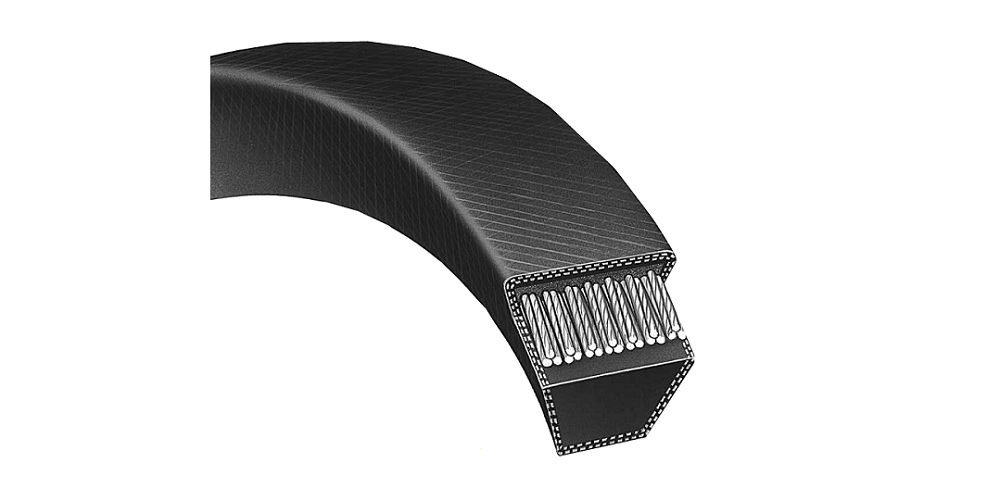V belts are essential components in industrial machinery and automotive applications. But what types of commercial belts are available in the market today? This article delves into the various types of commercial belts, helping you understand which one might suit your needs.
Classic V Belts
The classic belt is often the most common type when looking for V belts for sale. These belts are designed with a trapezoidal cross-section, which helps them wedge into the pulley grooves, providing excellent grip and power transmission. Classic belts are versatile and can be used in various applications, from small machinery to large industrial equipment. They come in different sizes and lengths to fit various pulleys and are known for their durability and reliability.
Automotive V-Belts
Automotive V-belts are essential components in vehicles, responsible for driving engine accessories such as the alternator, water pump, power pump, and air conditioning compressor. These belts are named for their V-shaped cross-section, which ensures a snug fit into pulley grooves, providing efficient power transmission. Made from durable rubber materials reinforced with synthetic fibers, V-belts are designed to withstand high levels of stress and friction..
Cogged V Belts
Cogged V belts feature notches or grooves along the inner side, which helps reduce bending resistance and increase flexibility. This design allows the belt to run cooler and last longer, especially in high-tension and high-speed applications. Cogged belts are particularly useful when pulley diameters are small, or the drive requires frequent speed changes.
Banded V Belts
Banded comercial belts consist of multiple V belts joined together by a common backing, forming a cohesive unit. This design prevents individual belts from flipping or slipping off the pulleys, ensuring consistent performance. Banded belts are used in applications where shock loads and pulsating loads are common, as they distribute the load evenly across all the belts. They are highly durable and suitable for heavy-duty machinery that requires robust and reliable power transmission.
Double V Belts
Double V belts, also known as hexagonal belts, have a V-shaped profile on both sides, allowing them to drive pulleys on both sides of the belt. This unique design is ideal for serpentine drives and other complex configurations where power needs to be transmitted to multiple components in different directions. These belts are flexible and versatile, making them suitable for industrial and automotive applications.
Variable Speed V Belts
Variable speed belts are designed to operate in drives with variable speed requirements. These belts can adjust to different pulley diameters, allowing the drive system to change speeds smoothly and efficiently. They are commonly used in machinery that requires precise speed control, such as machine tools, agricultural equipment, and conveyors. Their ability to handle variable speeds without losing power transmission efficiency makes them essential in many industrial applications.
Choosing the Right V Belt: Key Considerations
- Load Requirements: Determine the power transmission needs and select a belt to handle the required load.
- Space Constraints: Choose a belt that fits within the available space without compromising performance.
- Flexibility Needs: Consider cogged or narrow belts for applications requiring high flexibility.
- Environmental Factors: Select a belt material that can withstand the operating environment, including temperature and chemical exposure.
- Maintenance and Durability: Opt for belts that offer long life and require minimal maintenance to ensure cost-effectiveness.
When searching for V belts for sale, understanding the different types available is crucial for making the right choice. Each type offers unique advantages tailored to specific applications, from classic belts to specialized variable speed belts. Integrating the right V belts into your machinery not only ensures optimal performance but also extends the lifespan of your equipment, contributing to operational success.






